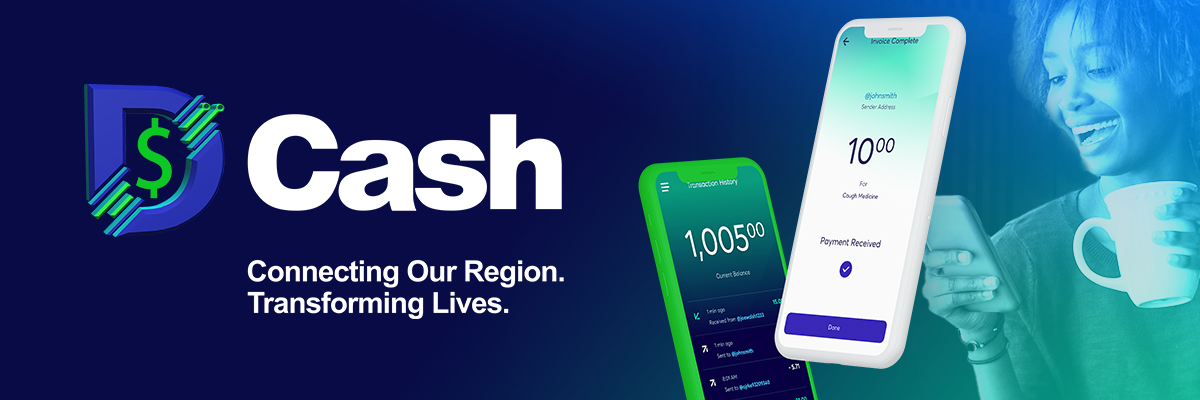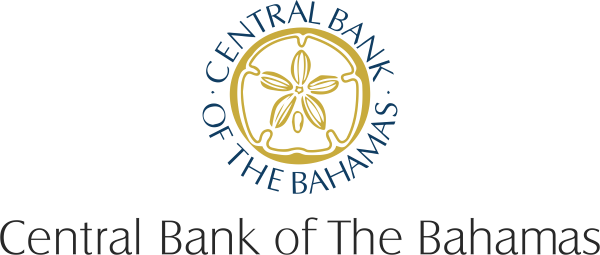I think these are the last two central bank digital currencies (CBDCs) I need to cover that actually exist and have real people using them: DCash, from the Eastern Caribbean Central Bank (ECCB), and the Bahamas Sand Dollar.
I’m starting to think the buzzword “CBDC” tells you nothing about what the actual project is.
Eastern Caribbean Central Bank DCash
The ECCB’s DCash is about to go into pilot stage — where it will be available to actual consumers and merchants, for use in the real world. [ECCB]
End users will get and redeem DCash with their bank — the ECCB is just running the pilot, not doing retail itself. Unbanked users can also get limited DCash accounts, with ID requirements I couldn’t find a specification for. [ECCB]
DCash only works online — there’s no offline capability. This surprised me. [ECCB]
The system apparently runs on Hyperledger — but, as per the state of the art in enterprise blockchain architecture, it’s just being used as a back-end data store and transaction log, with everything living on the Google cloud under direct control. [ECCB, ECCB]
The company running the programme is Bitt, which is marketing its CBDC services quite hard. [Bitt] Bitt has been trying to do something like blockchain-based mobile payment systems for a while now. [CoinDesk, 2016; Loop, 2017; Loop, 2018] CEO Rawdon Adams is in the Barbados Senate, and is the son of previous Barbadian Prime Minister, Tom Adams. [Loop, 2018]
Bahamas Sand Dollar
Just a short (2000km) distance away, the Central Bank of the Bahamas (CBB) Sand Dollar CBDC project plans to go live next month — after a small-scale pilot programme that presumably went well.
This is a well-thought-out project — the white paper is a good read, and is remarkably sensible. [Central Bank of the Bahamas, 2019, PDF]
It looks like it’s working out as a project because they started at what they needed in an electronic payment system, and worked back from there to the central bank having to run it — they didn’t start at blockchains and then try to think of a use case.
The main issue the CBB has is how to encourage an electronic payment system that reaches outer islands — given the cash infrastructure is shrinking as banks close branches, and phone coverage is surprisingly good, but sometimes patchy.
The white paper does note that it’s usually commercial banks that build electronic payment systems, but in this case the central bank figured it needed to push things forward.
Most users will be connected via their bank account — the CBB will leave retail to the retail banks. Users who don’t have bank accounts can get a Sand Dollar wallet with their name, address, phone number and a photo, which is enough to open a very limited account at a retail provider.
The Sand Dollar also works offline, if your connection is bad — for a pre-set maximum size of transaction.
The system provider, NZIA, describes the back-end as “DLT” in some unspecified manner, running something called “Cortex” I couldn’t find any detail on. Still, the back end doesn’t actually make a difference. [NZIA]
What does “CBDC” even mean?
The Sand Dollar project is pretty cool! Because it’s a payment system that was put together as a response to specific local conditions — spotty networks, lots of poor people, but they almost all have phones — not because it’s a “CBDC.”
(I’m slightly surprised that the ECCB and the CBB didn’t work more closely — they’re trying to solve quite similar problems.)
All “CBDC” means is e-money backed by the central bank — and maybe a slight seasoning of blockchain hype. If you’re not in fact a central banker, “CBDC” becomes less of a useful categorisation the closer you look at it.
“CBDC” is a buzzword that doesn’t tell you anything specific about a particular “CBDC” project. What do the Sand Dollar, Finland’s Avant, Ecuador’s SDE or China’s DC/EP have in common? Nothing, really.
Money is a social construct, and what people accept and will work with is always going to be local. Payment systems that work are going to work with local conditions.
Who technically backs the e-money on your phone is vastly less interesting than what you can do with it.
Your subscriptions keep this site going. Sign up today!



This is exciting news,does central bank of Bahamas manage digital assets(e-money)?
This was informative. Thank you for taking the time to put this together. It is interesting to see how crypto is hardly spoken about in most of these islands but the governments are already instituting digital currencies.